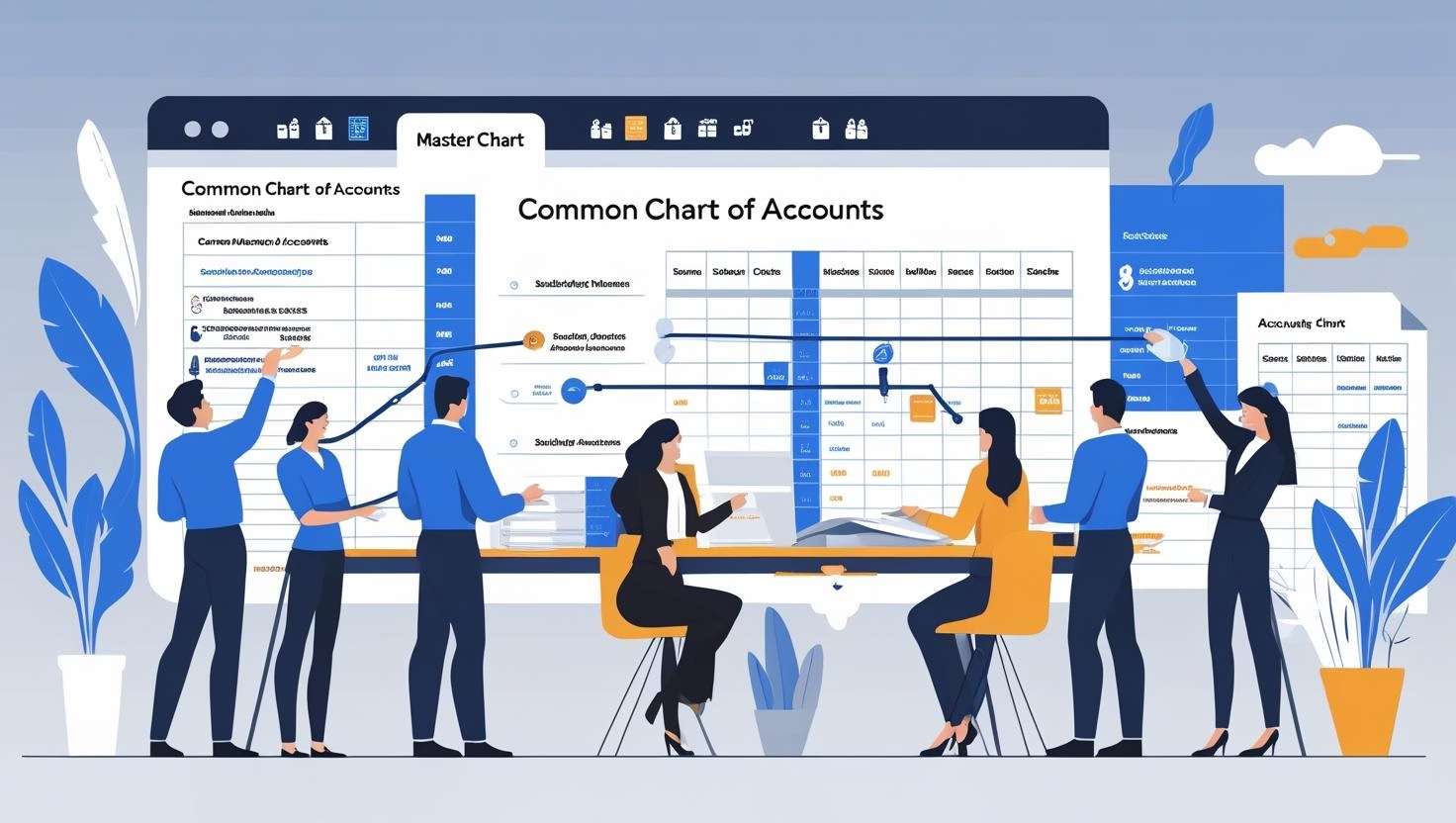When managing a group of companies, especially across different countries or business lines, one of the most critical challenges in financial consolidation is chart of accounts (COA) inconsistency. Each subsidiary may have its own naming conventions, account structures, and classifications—making group-level reporting a nightmare.
That’s where the Common Chart of Accounts (CCOA) comes in. It’s not just an accounting exercise—it’s the foundation for consistent, reliable, and meaningful group reporting.
Why COA Differences Are a Problem
Let’s say one company records “Consulting Fees” under “Operating Expenses” while another logs it as “Professional Services” under “Admin Costs.” If you’re consolidating the two manually, you may miss or double-count the same category. It leads to confusion, misalignment, and incorrect comparisons.
Even worse—some subsidiaries may use different levels of account granularity or even different fiscal year structures. Without a standardised structure, your group-level P&L or Balance Sheet becomes messy and unreliable.
What is a Common Chart of Accounts?
A Common Chart of Accounts is a unified structure that defines how all accounts across entities are grouped and reported at the group level. It doesn’t replace each entity’s native COA—it maps their accounts to a consistent set used in consolidated reporting.
For example:
| Entity Account Name | Group Account (CCOA) |
|---|---|
| “Rent & Utilities” | “Occupancy Costs” |
| “Software Subscriptions” | “IT & Digital Expenses” |
| “Contract Staff” | “Personnel Costs” |
How BrizoSystem Supports CCOA
BrizoSystem allows users to define a CCOA and map individual accounts from each entity to the group structure. This means:
- You retain local flexibility in each subsidiary.
- You ensure standardised group-level reporting.
- You gain clarity in your consolidated financials without forcing change on operational teams.
BrizoSystem also supports switching views: you can report using local chart of accounts or the group CCOA, depending on your audience or objective.
Why It Matters
A well-implemented CCOA enables:
- Consistent comparability across entities
- More accurate elimination entries
- Clearer KPIs and ratios
- Better communication with stakeholders
In short, it’s the bridge between decentralised accounting and centralised insight.

